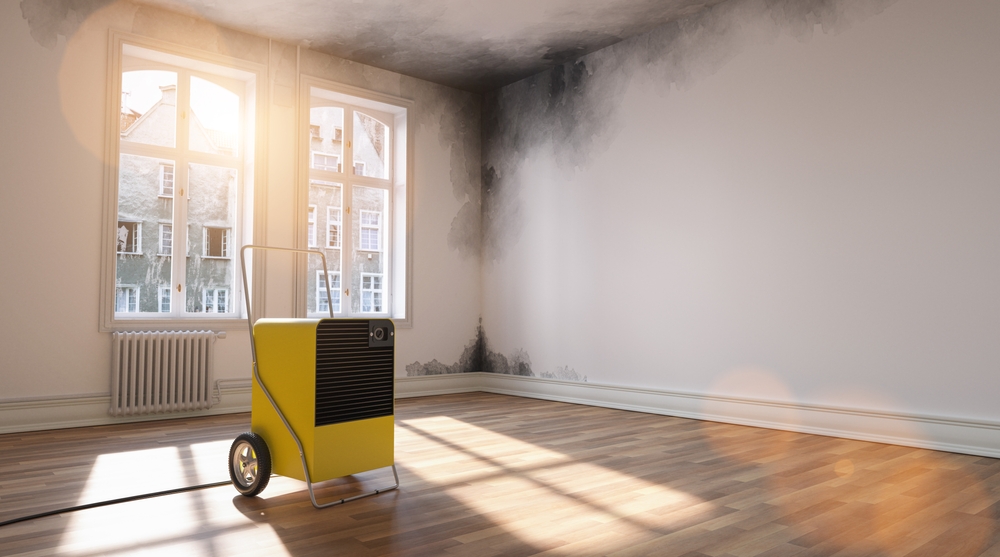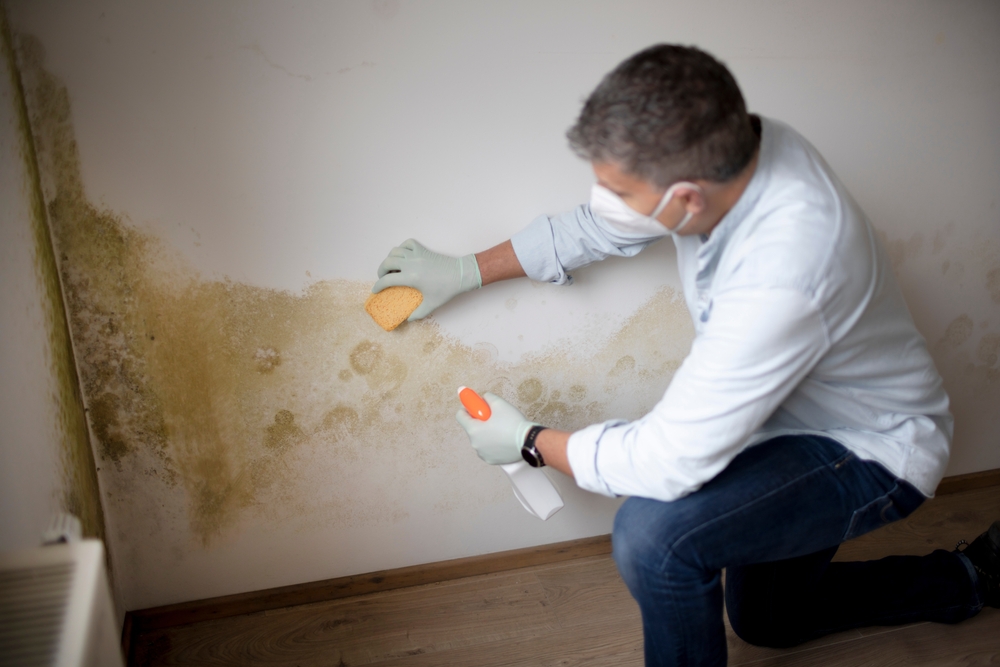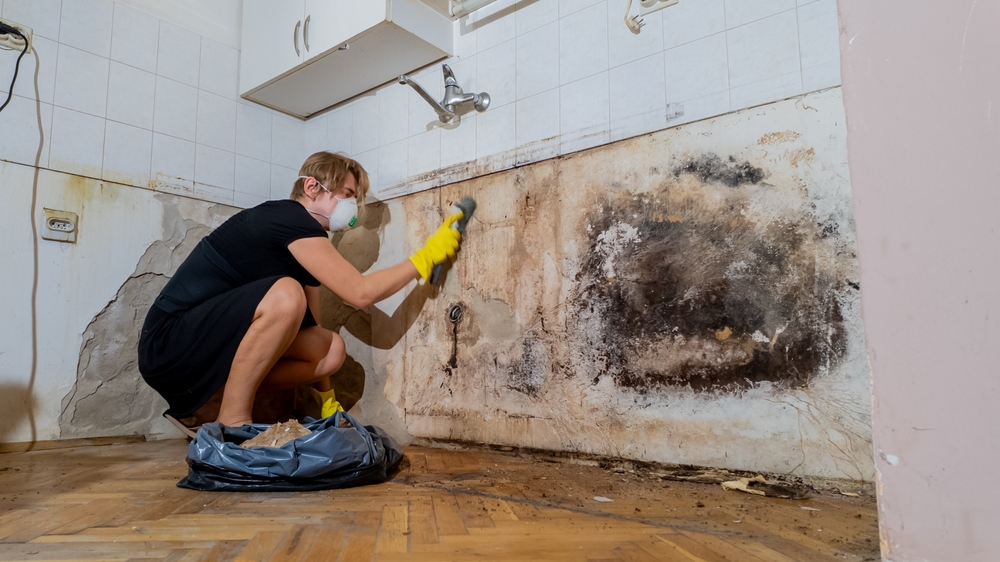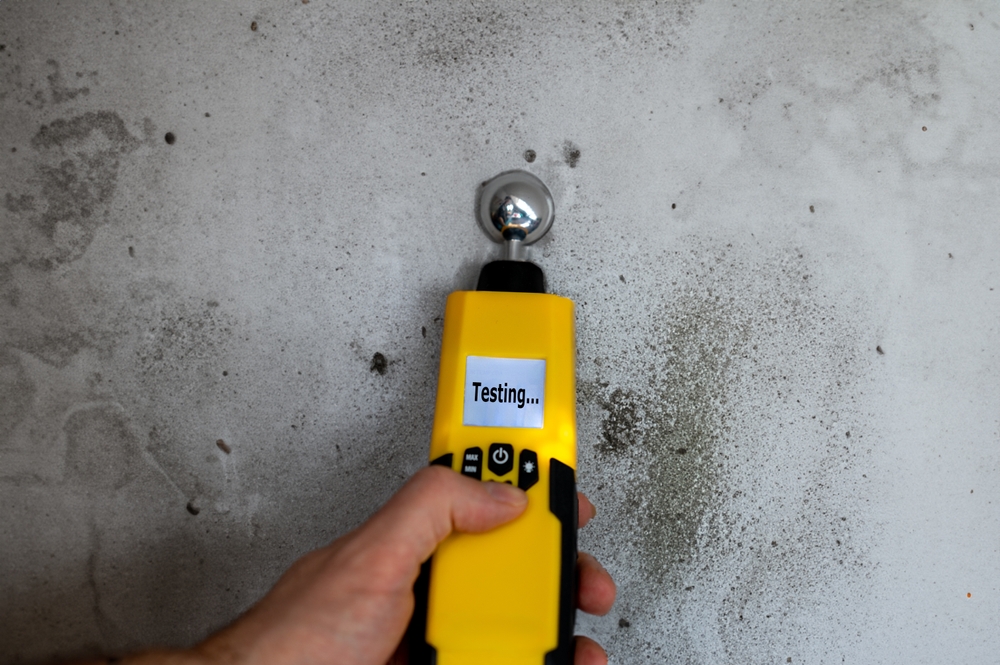Many Philadelphia homeowners contend with ongoing mold growth since home structure and environmental circumstances may provide perfect conditions for mold. From water damage brought on by the city’s rainy climate to excessive humidity in humid summers, mold is everywhere. Mold can create major health problems and structural damage to homes, hence it is not only ugly.
This article will go deeply into the common causes of mold growth in Philadelphia homes, preventative measures, and the reasons behind the need of acting quickly. Knowing these elements will help you maintain a mold-free, healthy, safe home.
Introduction
The Prevalence of Mold in Philadelphia Homes
Philadelphia’s climate is well-known for its dampness, especially in the spring and fall. City older residences are particularly susceptible since elderly buildings often have hidden leaks, inadequate insulation, or obsolete ventilation systems. Not even modern houses are free from mold problems, especially when builders ignore moisture control during construction.
Often moist and poorly ventilated, common sites for mold growth are basements, bathrooms, attics, and crawl spaces. The homes in the city sometimes deal with flooding, condensation, and water intrusion, all of which provide the ideal conditions for mold to flourish.
The Health Risks Associated with Mold Exposure
Mold causes actual health hazards; it is not only a structural or esthetic problem. Mold spores have triggers:
- Respiratory Problems: Common complaints of mold exposure include coughing, trouble breathing, and asthma episodes.
- Allergic Reactions: Symptoms of allergic reactions include itching eyes, sneezing, and skin irritability.
- Chronic Health Issues: For people with allergies or respiratory problems, prolonged exposure might compromise the immune system and aggravate symptoms.
Prevention and cleanup are especially crucial since children, the elderly, and those with pre-existing medical issues are particularly sensitive to the consequences of mold.

Common Causes of Mold Growth
Mold requires moisture, warmth, and organic matter—such as drywall or wood—three things to thrive. Usually resulting from different common problems, these elements surface in houses.
1. Water Damage and Leaks
Water damage is mostly responsible for mold development. 24 to 48 hours of water exposure will start mold to grow.
- Roof Leaks: Older Philadelphia homes can include deteriorating roofs prone to leaks, particularly following heavy rain or snow. Water can leak into attics and ceilings to provide moist conditions ideal for mold.
- Plumbing Issues: Usually concealed in walls or under sinks, leaking pipes can cause undetectable mold growth until major damage has resulted.
- Flooding: Philadelphia homes’ basements are especially vulnerable to flooding from poor drainage and heavy rainfall. Mold infestations can start fast from standing water or even from moist walls and flooring.
2. High Humidity Levels
The humid summers of Philadelphia can cause increased indoor humidity, which fuels mold development.
- Poor Ventilation: In homes without appropriate exhaust systems, steam from showers or cooking sometimes gets trapped and causes too much moisture.
- Inefficient HVAC Systems: Effective HVAC systems—heating, ventilation, and air conditioning—that neglect to control humidity levels could distribute moisture all about the house.
- Lack of Dehumidifiers: Homes in humid climates—especially those with basements or crawl spaces—need dehumidifiers to maintain indoor moisture levels under control.
3. Condensation
When warm, moist air comes into touch with a cold surface, condensation results—water droplets building over time.
- Cold Surfaces: Common sites for condensation to occur are windows, uninsulated walls, and metal pipes.
- Inadequate Insulation: Homes with inadequate insulation suffer more temperature swings, which increases condensation and could cause mold growth.
4. Construction and Remodeling
If appropriate care isn’t taken, building and renovation operations can unwittingly foster mold development conditions.
- Water Damage During Construction: If rain falls on building materials like drywall or wood, moisture will be absorbed and mold will grow in the ideal surroundings.
- Improper Drying Techniques: Inappropriate Drying Methodologies Rushing building projects can cause moisture to be trapped in ceilings, flooring, or walls, therefore allowing mold to flourish unseen.
Preventing Mold Growth in Your Philadelphia Home
Though it might be a major obstacle, mold is not inevitable. Your risk of mold development in your house will be much lowered by acting early to manage moisture and enhance ventilation.
1. Regular Inspections
Regular house inspections can enable you to identify early on mold development or water damage.
- Look for Signs of Water Damage: Especially in basements, attics, and crawl spaces, look for indicators of water damage such discolored walls, peeling paint, or musty smells.
- Inspect Vulnerable Areas: Look for leaks or indicators of moisture around windows, pipes, and roofing.
2. Proper Ventilation
Preventing mold depends on bettering ventilation, particularly in moisture-prone places like bathrooms and kitchens.
- Install Exhaust Fans: Install exhaust fans in kitchens and bathrooms to vent steam outside correctly.
- Open Windows: Whenever at least in cooler months, let fresh air run through your house.
- Use Dehumidifiers: Use dehumidifiers to maintain under control humidity levels in places like laundry rooms or basements.
3. Controlling Humidity Levels
One of the best strategies to stop mold is keeping indoors humidity levels below 50%.
- Use Air Conditioners: Use air conditioning to not only chill but also lower humidity in your house.
- Monitor Humidity: Track the humidity level of your house using a hygrometer to make sure they remain within the advised range.
- Reduce Moisture Sources: Steer clear of overwatering houseplants or drying clothing indoors since these might raise humidity.
4. Quick Response to Water Damage
Dealing with water damage depends on quick response.
- Dry Affected Areas Quickly: Dry wet surfaces in 24 to 48 hours of water contact using fans, heaters, or dehumidifiers.
- Seek Professional Help: Professionals in water damage restoration can deal with unseen moisture and stop mold development.

Why Professional Help Matters
Mold issues might still surface even with your best efforts. Expert mold remover can provide:
- Thorough Assessments: Experts find hidden mold and moisture using cutting-edge gear including infrared cameras and moisture meters.
- Comprehensive Mold Removal: Professionals have certain tools and knowledge to removing mold and stop its comeback.
- Peace of Mind: Hiring experts guarantees a safe, healthy, mold-free environment for your house.
Conclusion
The Importance of Mold Prevention
Though it’s a widespread problem in Philadelphia houses, mold is not inevitable. Knowing the reasons behind mold development and acting early to reduce moisture and enhance ventilation will help your family and house be free from its negative consequences.
Act Quickly to Address Mold
Don’t wait if you believe there is mold growing or observe water damage. If ignored, little issues can easily become expensive repairs. Expert remedial work can offer the knowledge and instruments required to eradicate mold and restore the safety of your house.
Your house will be mold-free and healthy if you keep alert and follow these guidelines. Though it can be difficult, mold is an issue you can solve with correct preventative measures and quick response.
Philadelphia Restoration Services
https://www.google.com/maps?cid=3399342399556699153
+1 267 668 0013
https://philadelphiarestorationservices.com/


